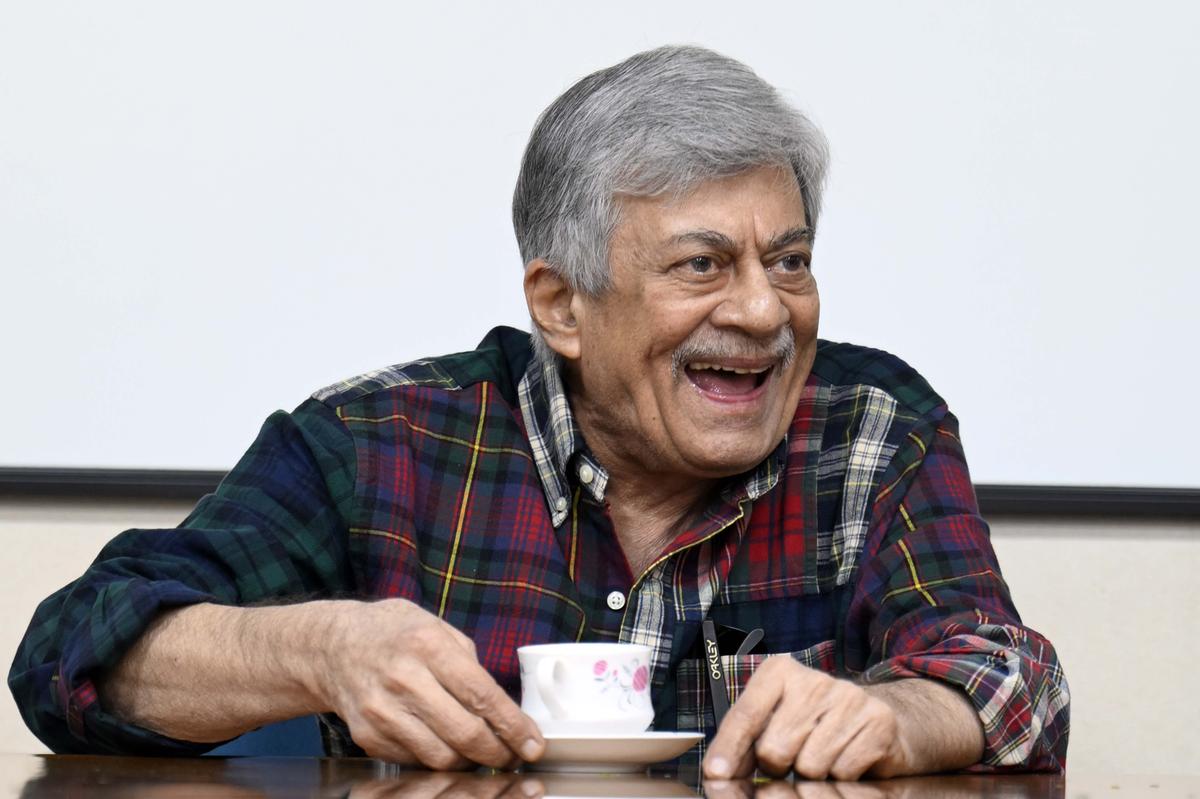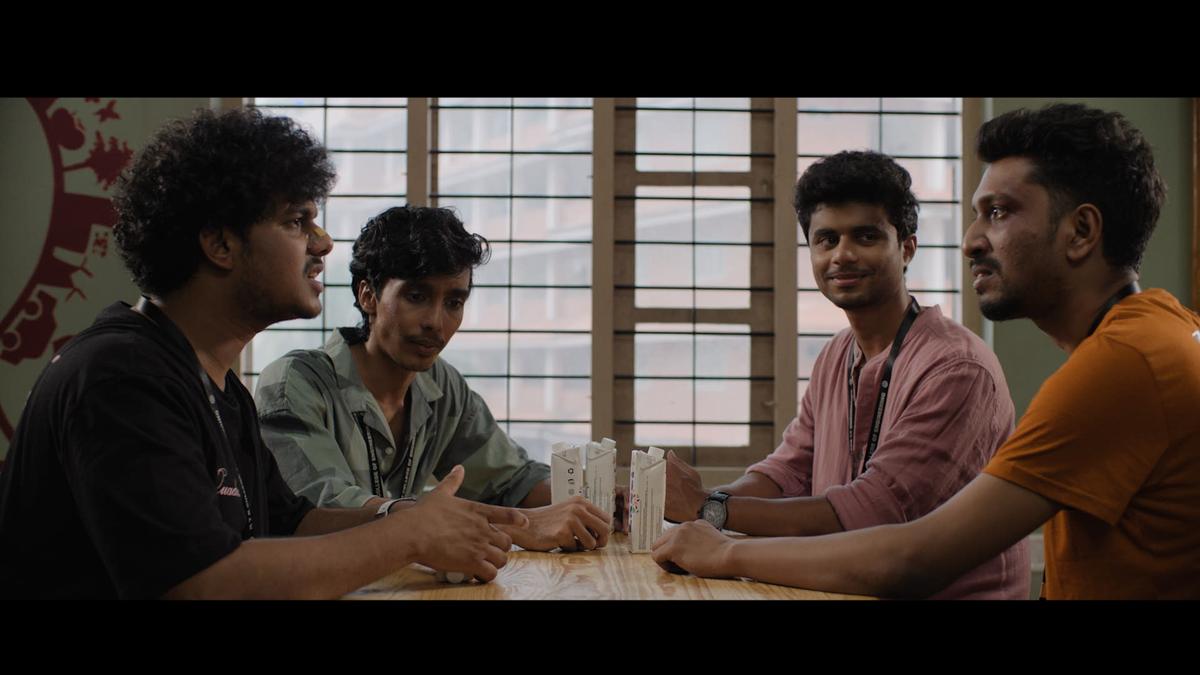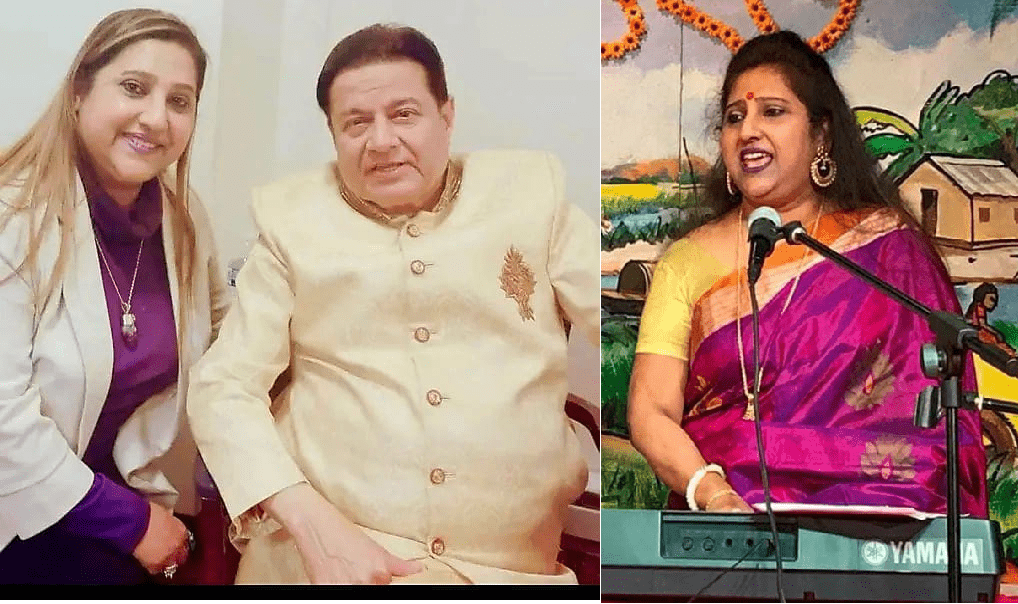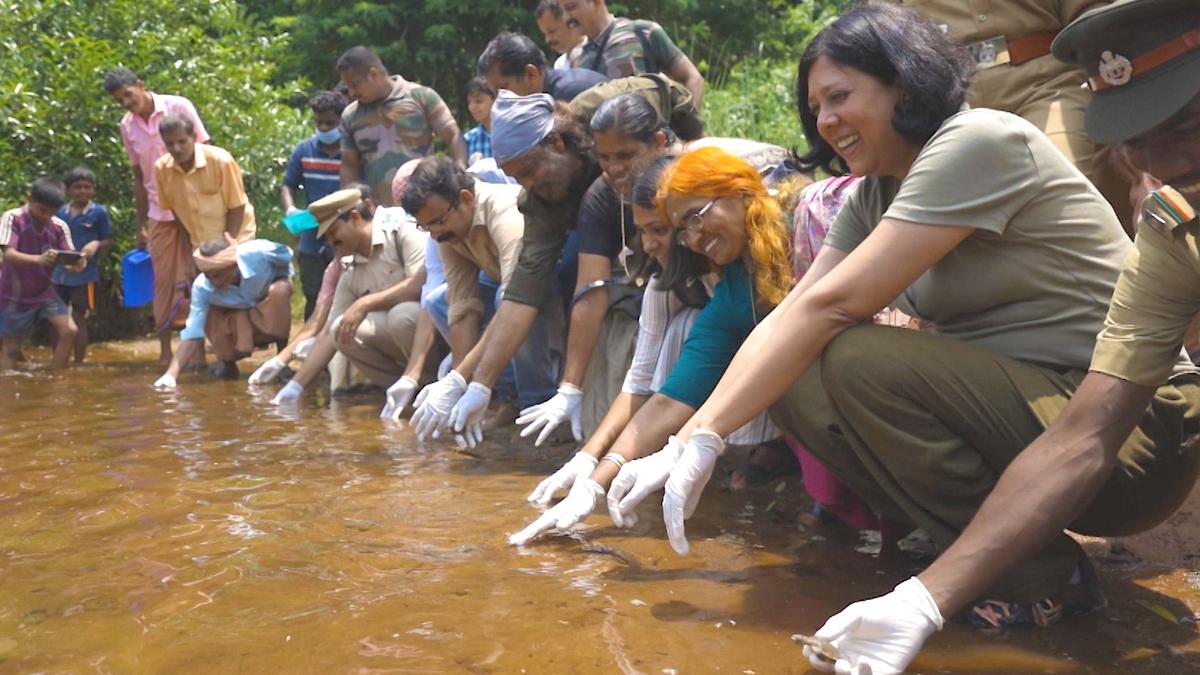[ad_1]
“In 2021, Prime Minister Narendra Modi initiated the concept of ‘People’s Padma‘. He urged the people of India to participate in the nomination process for the awards. Kannadigas and members from the film industry rallied behind me. I am grateful to them,” he says. Rishab Shetty, Puneeth Rajkumar, Yash, Rakshit Shetty, and Hemanth M Rao were some prominent Sandalwood artists who drove the online campaign ‘Padma for Anant Nag’.
The Padma Bhushan is perhaps the biggest milestone in the chequered career of Anant Nag, who “never set out to be an actor.” A solid stint in theatre in Mumbai and a successful collaboration with Shyam Benegal set a strong foundation for his acting journey.
Even as Amitabh Bachchan’s Angry Young Man character fired people’s imagination in several blockbuster films, director Benegal pioneered a new wave in Hindi cinema in the 1970s. Anant Nag starred in five consecutive Benegal movies (Ankur, Nishant, Manthan, Bhumika, and Kondura).
“Every language was witnessing a parallel cinema movement. Satyajit Ray, Mrinal Sen, and Ritwik Ghatak were championing the new wave in Bengali cinema. Malayalam witnessed works of Adoor Gopalakrishnan, and Kannada had films such as Samskara (1970), Vamsha Vriksha (1971), and Sankalpa (1972), my debut. Though his roots were in Karnataka and he was born and brought up in Hyderabad, Shyam was sure that he would make his films in Hindi,” he says of the acclaimed filmmaker, who passed away at 90 on December 23, 2024.

Known for his natural performances, Anant Nag has always stressed that “acting is behaving.” Did portraying intriguing characters in parallel films early in his career influence his acting style? “I worked with the noted theatre director Satyadev Dubey in Mumbai. He would say, ‘Do it your way‘,“ he recollects.

From art house projects to mainstream movies, actor Anant Nag has had a versatile journey in the film industry.
| Photo Credit:
SUDHAKARA JAIN
“Many actors in Hindi commercial films would deliver exaggerated performances. When I saw some English films, especially historical ones such as Ben-Hur (1959) and Becket (1964), and the works of of Marlon Brando, I saw natural acting and was impressed by that,” he says.
Early in his career, Anant Nag found it hard to convince filmmakers about his style. “In Kannada, filmmakers called my style ‘Bengali style of acting’. During the shoot, they would tell me they couldn’t see my performance. It was like a slap on my face. I would ask them to take out a rush print and check once. If they were not satisfied with my effort, I was ready to step aside from the films. I was not ready to compromise and overdo,” he explains.
Anant Nag and his younger brother Shankar Nag formed a great partnership in Kannada cinema. Until Shankar Nag’s sudden demise in a car crash in 1990, the Nag brothers made many content-oriented movies, including Minchina Ota (1981) and Accident (1984). Both films were directed by Shankar and produced by the Nag brothers.
ALSO READ:Shankar of the masses lives on
Even if critics loved Minchina Ota, the social thriller did not fare well at the box office. “I predicted the movie’s fate, so we kept a low budget. The film won seven awards. However, some people brought a stay order to the awards for some reason. It showed that they lacked a sporting spirit. We didn’t make that movie for awards. We wanted commercial success. It ran to packed houses in the first four days and then fizzled out,” says Anant Nag.
The actor detests the term ‘ahead of its time‘, often used to pinpoint the reason behind the dismal performance of the two movies. “Accident, like Minchina Ota, got many awards but didn’t make great money. Of course, I can’t completely blame the audience. People were used to seeing a hero-heroine track, comedy, dance, and songs. Accident was a unique thriller. People take time to accept something new. However, some dismissed the film, saying it was “ahead of its time.” Many who said that hadn’t even seen the movie.”
ALSO READ:Vasanth Mokashi, screenwriter of Shankar Nag’s classic ‘Accident’, no more
It didn’t take long for Anant Nag to realise that big money lay in commercial cinema. He smoothly transitioned to mainstream movies from arthouse films, holding on to his subtlety on screen. After decades of being a dependable lead actor in comedy (Ganesha series), relationships (Bayalu Dari, Chandanada Gombe), and family dramas (Beladingala Bale), Anant Nag began experimenting as a character artiste. The films of Yogaraj Bhat in the late 2000s (Mungaru Male, Gaalipata, and Pancharangi) firmly established him as a solid supporting actor.
“Yogaraj Bhat would submit his scripts, and they had great scope for me to perform. He always had something to convey to the audience.”
Anant Nag is a favourite of new-generation Kannada filmmakers such as Hemanth M Rao and Rishab Shetty. While Hemanth offered him complex roles in Godhi Banna Sadharana Mykattu (2016) and Kavaludaari (2019), Rishab used his acting prowess in Sarkari Hiriya Prathamika Shaale (2018).
“These filmmakers helped me break monotony. Hemanth doesn’t have a theatre background, but he is a thinker. He has watched many Western films. He has sharp and rooted stories. Rishab is from theatre, and he hails from coastal Karnataka. His approach to cinema is influenced by Bayalata (folk dance) and Yakshagana, which he witnessed regularly in childhood,” he describes.
As he yearns for more meaty roles, the 76-year-old wishes to see one change in the Kannada industry. “I wish there were more quality screenwriters in the industry. We also need more gifted playwrights,” he says.
Published – March 03, 2025 06:09 pm IST
[ad_2]
Source link





